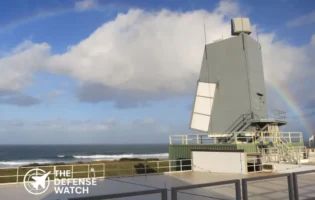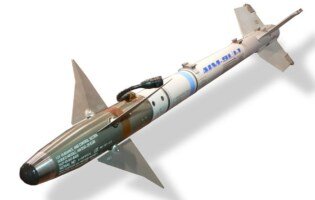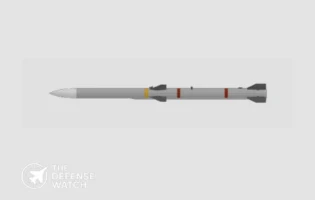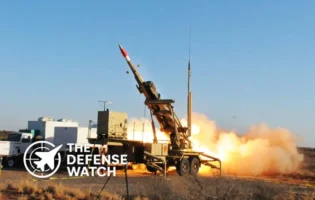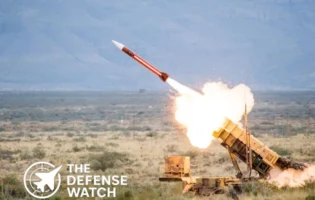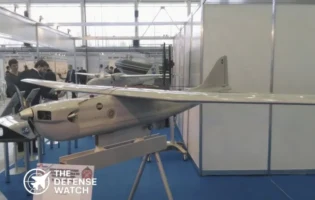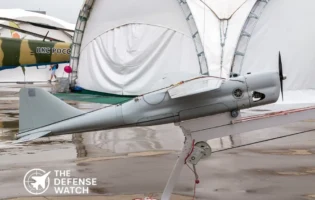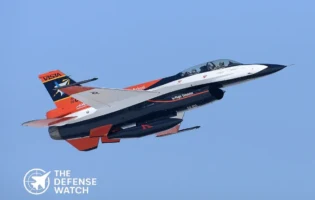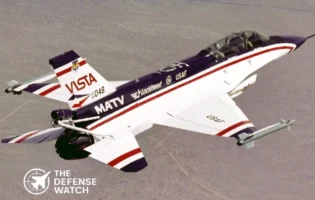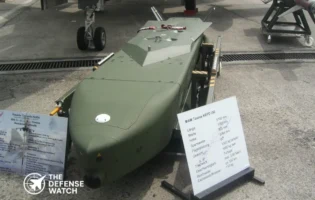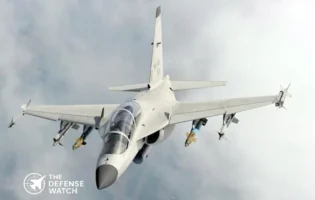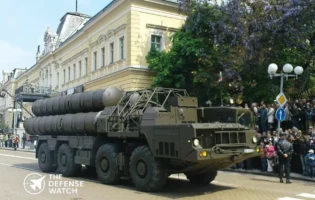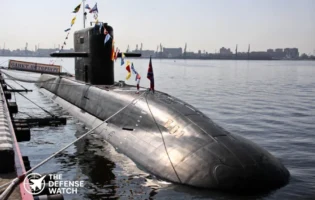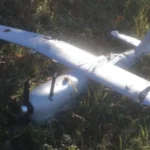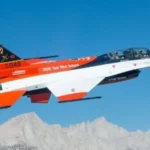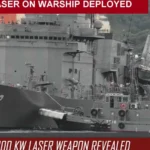- Home
- Catalog
- Naval Warfare Systems
- Phalanx CIWS System
Phalanx CIWS System
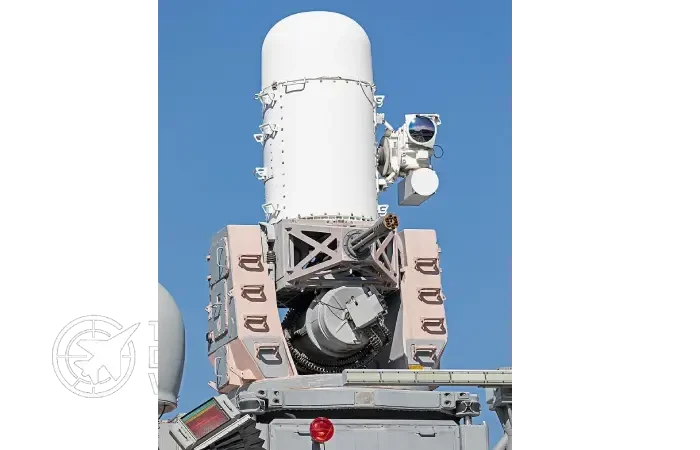
Full Specifications
1. General Information
| System Name | Phalanx CIWS |
| Type / Role | Close-In Weapon System (Naval Defense) |
| Manufacturer | Raytheon Technologies |
| Country of Origin | United States |
| In Service | Yes |
| Year Introduced | 1980 |
| Unit Cost | $5.5–6 million |
| Crew | Fully automatic |
2. Dimensions & Structure
| Length | 4.7 m (15.5 ft) |
| Beam (Width) | N/A |
| Draft | N/A |
| Displacement | N/A |
| Hull Material | Mounted on ship deck |
| Deck Configuration | Modular base mount |
3. Performance & Propulsion
| Propulsion Type | Electric turret drive |
| Engine Model | N/A |
| Power Output | 60–80 kW |
| Maximum Speed | N/A |
| Range | 1–1.5 km (effective) |
| Endurance | Continuous with power supply |
4. Sensors & Radar Systems
| Primary Radar | Ku-band search and track radar |
| Radar Range | 5–10 km |
| Sonar System | N/A |
| Electro-Optical / IR System | Block 1B FLIR system |
| Electronic Warfare Suite | Integrated shipboard EW links |
| Fire Control Radar | Ku-band radar tracker |
5. Weapons & Armament
| Main Gun | 20mm M61A1 Vulcan Gatling gun |
| Vertical Launch System (VLS) Cells | None |
| Missiles | Optional (SeaRAM variant) |
| Anti-Ship Missiles | None |
| Anti-Submarine Torpedoes | None |
| Close-In Weapon System (CIWS) | Phalanx Block 1B |
| Decoy Systems | Compatible with ship systems |
6. Aviation & Support
| Helicopter Capability | N/A |
| Hangar Capacity | N/A |
| UAV Operations | N/A |
| Flight Deck Size | N/A |
| Replenishment at Sea | Yes (Ammunition reload) |
7. Defensive & Electronic Systems
| Countermeasures | Automatic engagement algorithm |
| ECM / ECCM | Integrated radar filters |
| Missile Defense System | Short-range interception |
| Combat Management System | Aegis / Ship CMS integration |
| Communication Systems | Shipboard data links |
8. Operational Information
| Service Branch | U.S. Navy, Coast Guard |
| Primary Operator | USA, UK, Japan, Australia, Canada |
| Operational History | Gulf War, Operation Iraqi Freedom, Red Sea defense |
| Notable Feature | Autonomous missile interception system |
PROS
- Fully autonomous radar-guided targeting
- Extremely high rate of fire (up to 4,500 rpm)
- Proven in multiple combat scenarios
- Compact and suitable for most naval vessels
- Upgradable with optical and infrared sensors
CONS
- Limited range (about 1.5 km effective)
- High ammunition usage
- Struggles with mass swarm attacks
- Requires regular maintenance and calibration
- Not designed for hypersonic or ballistic missiles
Phalanx CIWS System: The U.S. Navy’s Last Line of Defense
The Phalanx Close-In Weapon System (CIWS) is the U.S. Navy’s iconic last line of defense against anti-ship missiles, aircraft, and small surface threats. Developed by Raytheon Technologies, this self-contained, rapid-response system ensures shipboard protection against fast-moving aerial and surface targets that penetrate outer defense layers.
Design and Function
Introduced in 1980, the Phalanx CIWS integrates a 20mm M61A1 Vulcan Gatling gun with an advanced radar and tracking suite. It autonomously detects, tracks, and engages incoming targets, firing up to 4,500 rounds per minute with tungsten penetrator rounds. The system’s radar range extends to approximately 5–10 kilometers, giving operators mere seconds to respond to supersonic threats.
The latest Block 1B variant enhances the system with FLIR (Forward-Looking Infrared) and electro-optical sensors, providing improved tracking accuracy and night operation capabilities. A related variant, SeaRAM, replaces the gun with RIM-116 Rolling Airframe Missiles, combining the Phalanx’s radar with missile-based interception.
Operational Use
The Phalanx CIWS is deployed across nearly all U.S. Navy surface ships, including destroyers, cruisers, and aircraft carriers. It has proven its reliability in real-world operations such as the Gulf War, Operation Iraqi Freedom, and recent Red Sea engagements against drone and missile attacks. Its effectiveness, speed, and automation make it a vital part of modern layered naval defense.
Despite its short engagement range, the Phalanx CIWS offers unmatched last-resort protection when other defense systems are overwhelmed or unavailable — a critical advantage in today’s fast-evolving threat landscape.
Product Title Price in US
The Phalanx CIWS is priced at approximately $5.5–6 million per unit depending on configuration, integration, and system upgrades.
Reviews
Disclaimer Note
The information provided on TheDefenseWatch.com is for general informational purposes only. While we strive to ensure the accuracy, completeness, and timeliness of our content regarding defense and aerospace products, technologies, and specifications, we cannot guarantee that all information is 100% accurate or up-to-date due to the evolving nature of military technology and classified data. TheDefenseWatch.com does not warrant the reliability, suitability, or availability of the information for any specific purpose. Users are advised to consult official sources, such as manufacturers, government publications, or defense agencies, for precise and verified data before making decisions based on our content. We are not affiliated with any defense manufacturers, governments, or military organizations mentioned. Opinions, reviews, and ratings reflect expert analysis but are subjective and should not be considered endorsements. TheDefenseWatch.com is not responsible for any errors, omissions, or consequences arising from the use of this website’s content. External links are provided for convenience and do not imply endorsement. TheDefenseWatch.com reserves the right to update or modify content without prior notice. By using this website, you agree to our Privacy & Cookies Policy.

